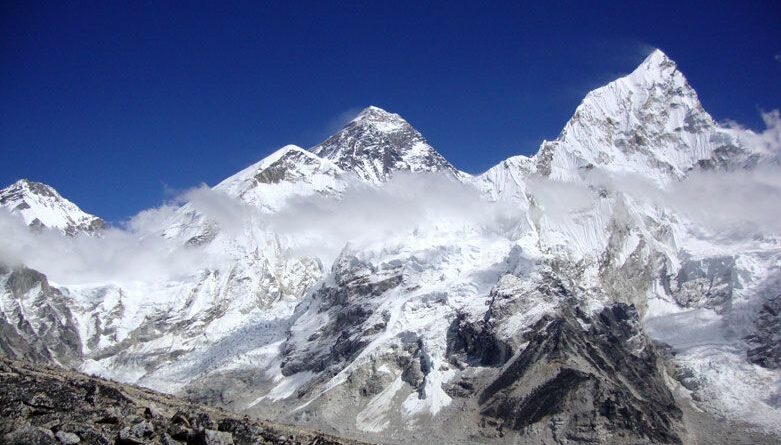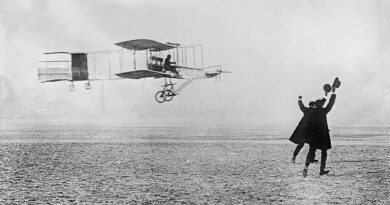Application of Sunk-Cost Bias in the Mt. Everest Case Study
On May 1996, two teams, one led by Scott Fisher and the other by Rob Hall, attempted to mountaineer to the summit of Mt. Everest. The effort had disastrous results, with five members of the expedition team losing their lives in the process. Many have attempted to identify exactly what went wrong during the fateful climb, but it has always been difficult to pinpoint the exact mistakes or errors that caused the disastrous results of the expedition. This article examines how sunk cost bias applied to the events of the expedition.
Sunk cost bias refers to the making of decisions which may be deemed irrational based on past rational decisions. It is a psychological trap that leads a decision maker to believe that the decisions he is making are rational based on past decisions regarding or related to the same issue in question and which were successful. In the Mt. Everest case study, there are instances on which the sunk cost bias was made; irrational and potentially disastrous decisions based on past successful decisions.
The decision to involve clients inexperienced in high altitude mountain climbing can be described as a sunk cost bias. While the team leaders had the opportunity to call the whole expedition off to avoid endangering the lives of the inexperienced climbers, they chose to continue the expedition, a decision based on their past successful record in summiting the mountain with inexperienced climbers (Roberto & Carioggia, 2003). A rational decision would have been to call the expedition off, but the input that both the team leaders and clients had made prevented such a decision.
The expedition was inhibited by several logistical problems before the start of the summiting attempt. A Russian border custom problem affected the delivery of the team’s supply of oxygen, a conflict with Nepali porters who were demanding a higher pay further delayed the expedition and a delivery of a high altitude tent was not possible due to a problem with a charter flight (Krakauer, 1997). All these should have led to a decision to call off the expedition, but due to the sunk cost bias, a decision to progress was made. The decision was based partly on the argument that the team had already put in too much into the expedition to call it off at that stage, thus overlooking the dangers that the decision posed.
The use of a few radios among the members of the expedition can also be described as a sunk cost bias (Roberto & Carioggia, 2003). The members of the expedition had already invested a lot in the expedition, and this made them overlook the potential dangers posed by using such a small number of radios in the expedition. Later, communications problems occurred and these could have been prevented by either postponing the summiting until more communication equipment was obtained or called the expedition off at the point when it was realized that the radios were insufficient.
The above examples illustrate how the making of irrational decisions was influenced by costs incurred in the past and rational decisions made in the past during the Mt. Everest summiting. It clearly shows how such decisions can be potentially disastrous to an organization’s decision making process.
References
Krakauer, J. (1997). Into Thin Air: A Personal Account of the Mt. Everest Disaster. New York, NY: Villard.
Roberto, M. & Carioggia, G. (2003). Mount Everest-1996. Boston, MA: Harvard Business School.




